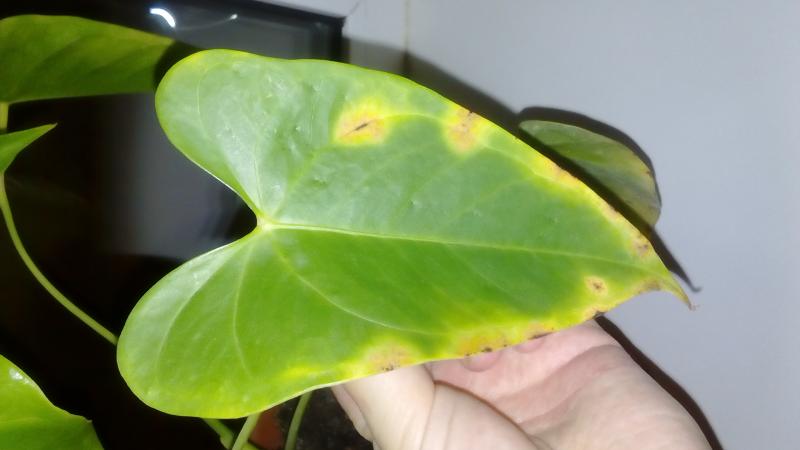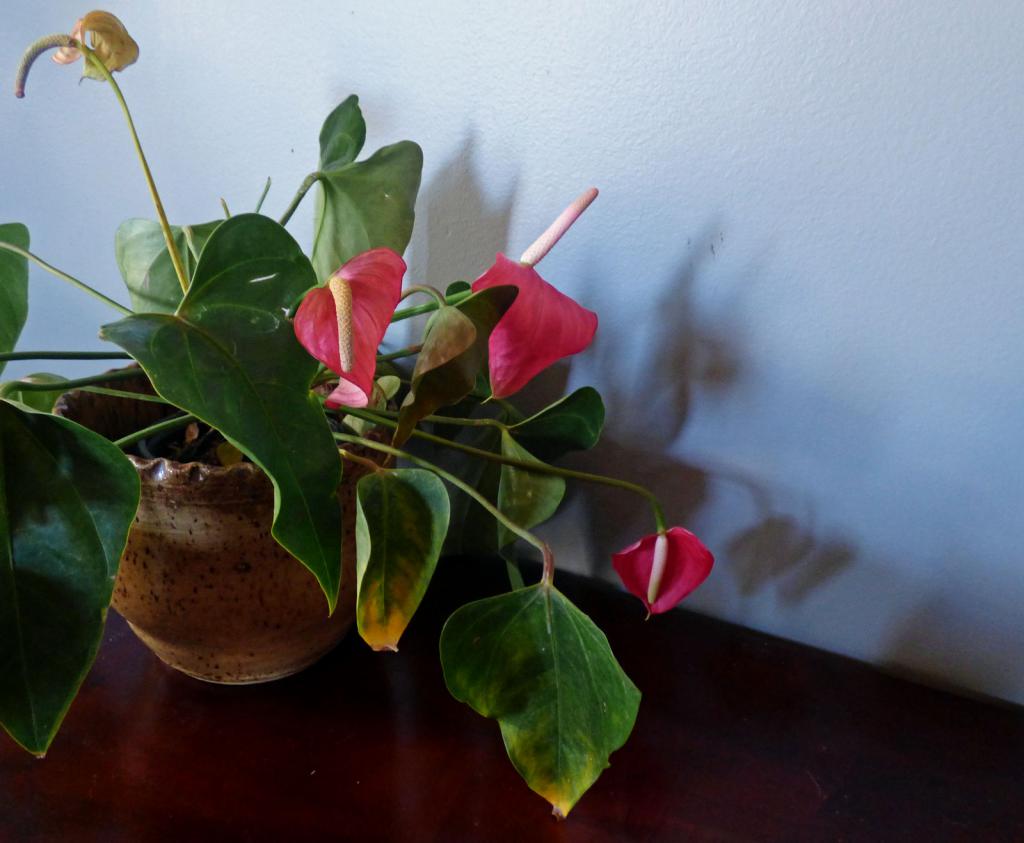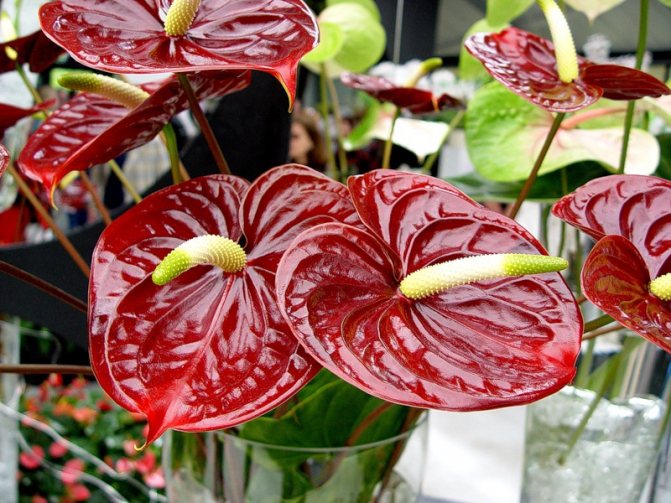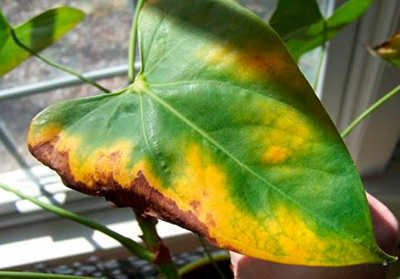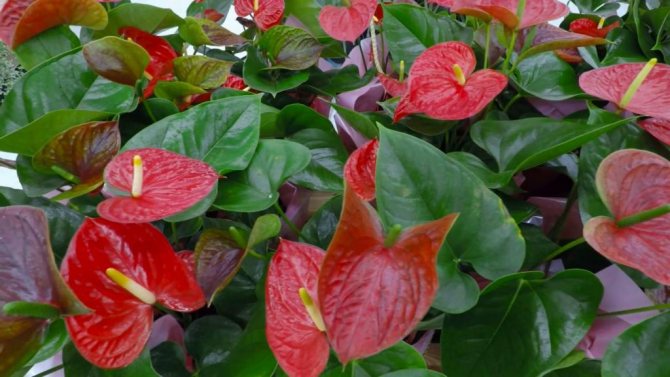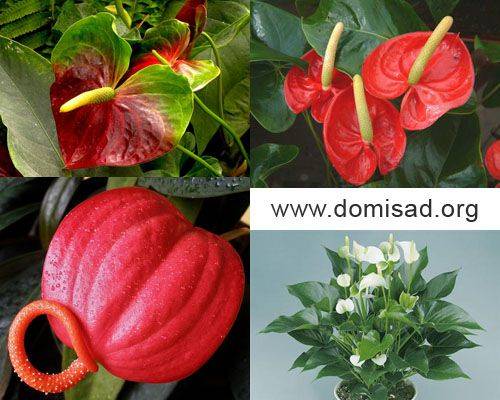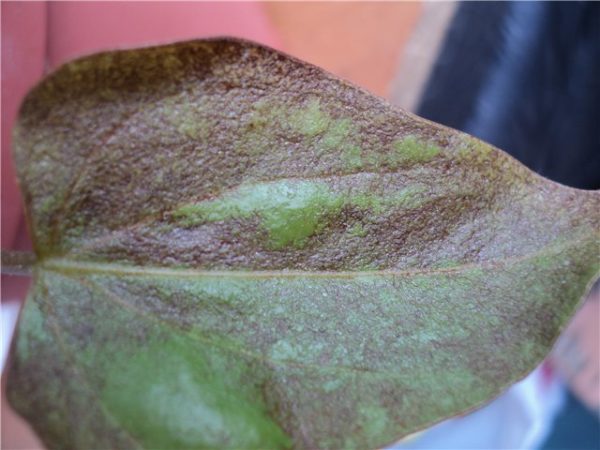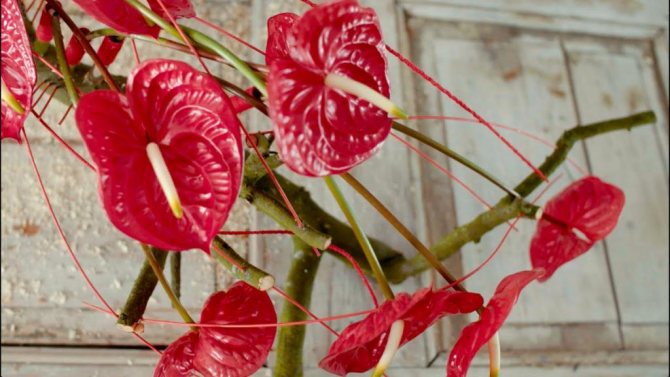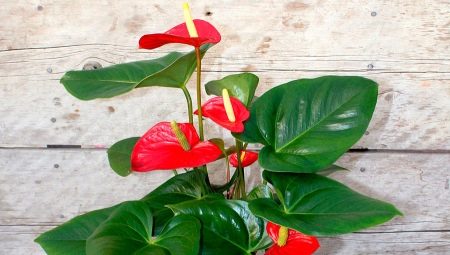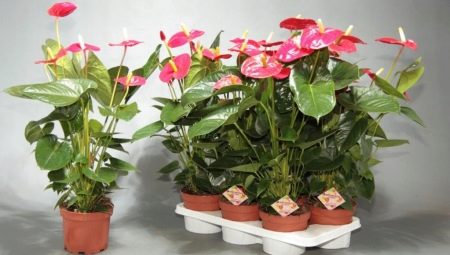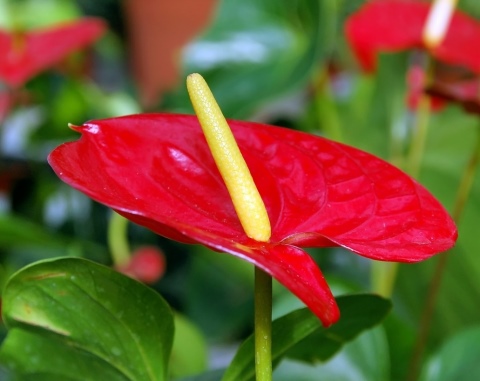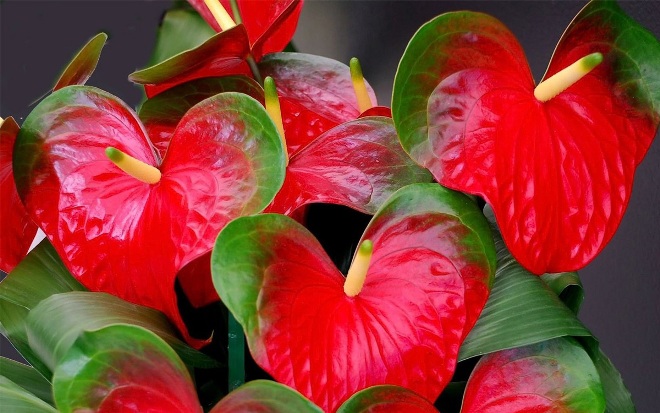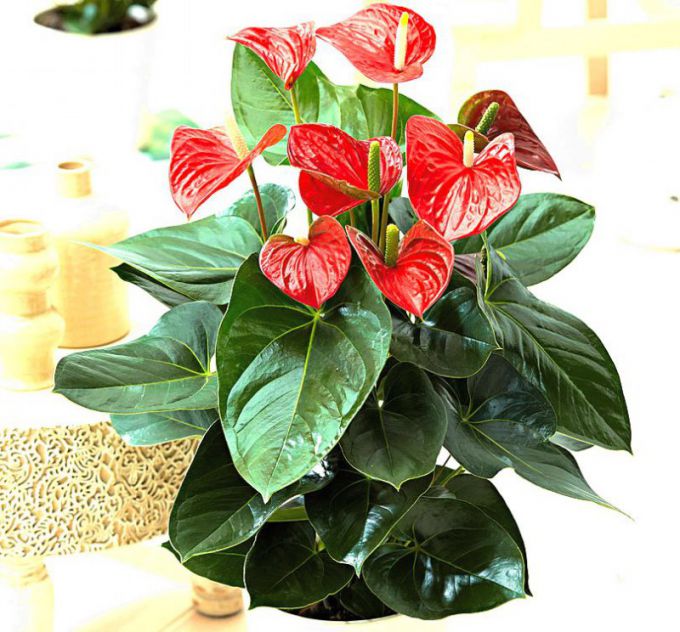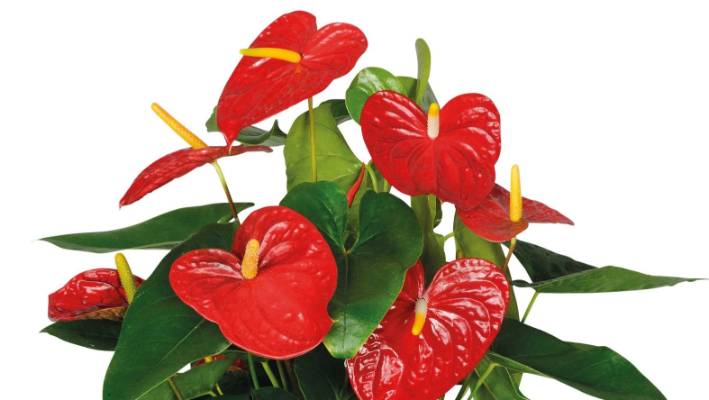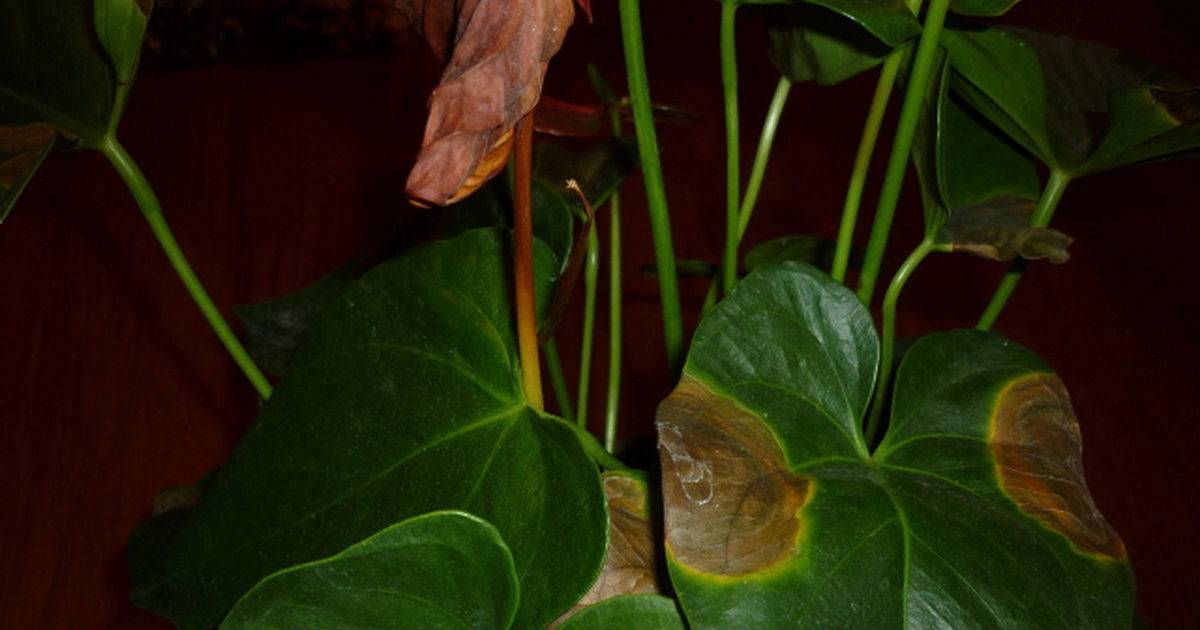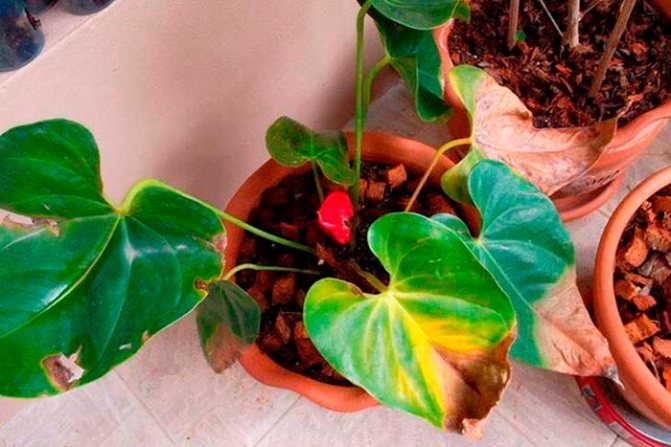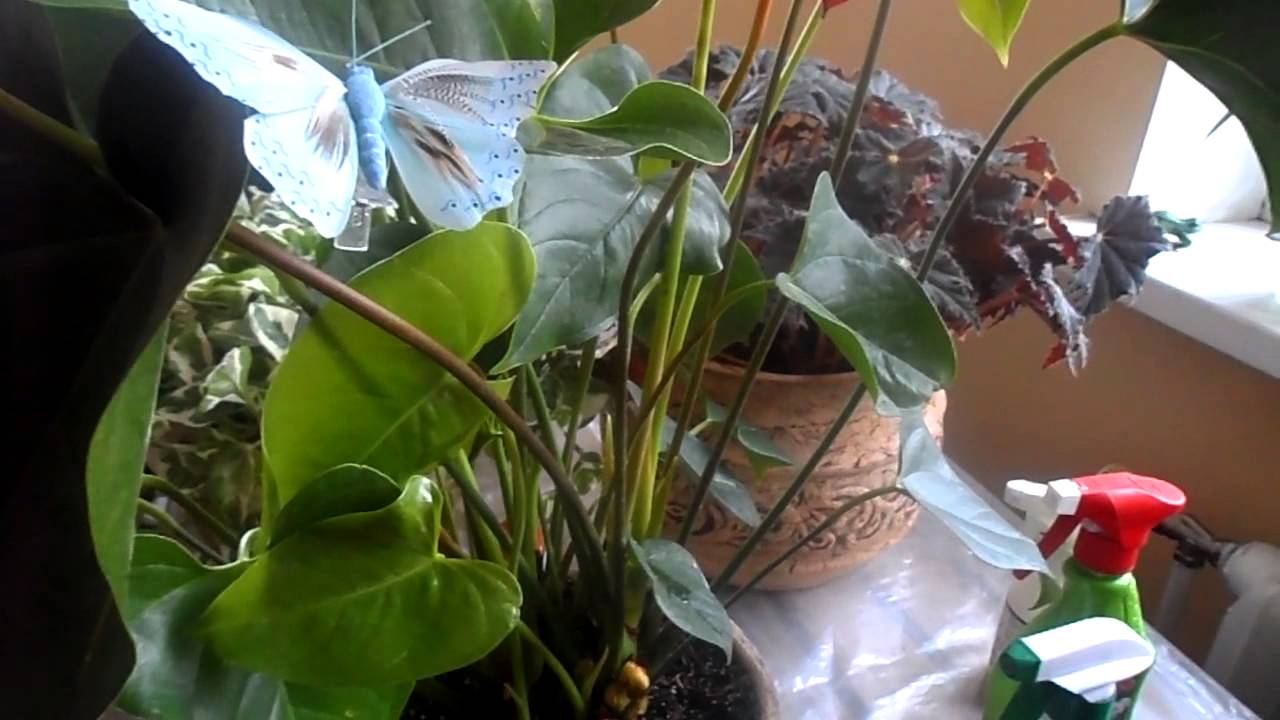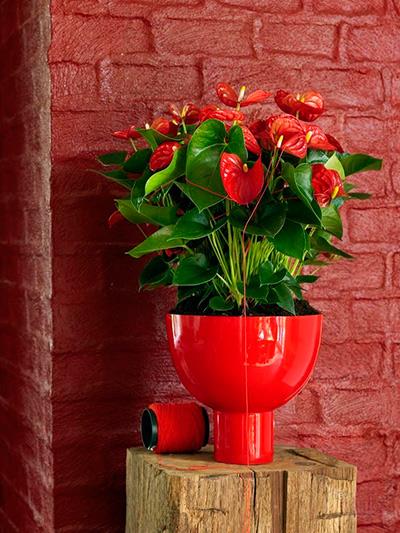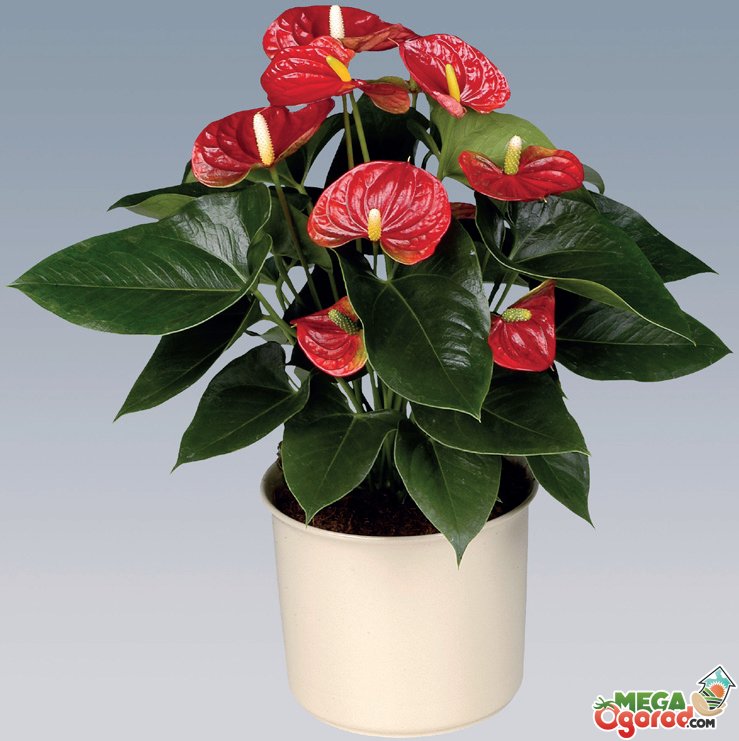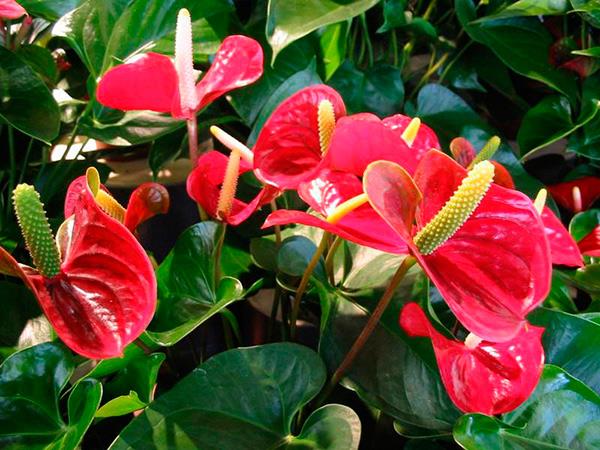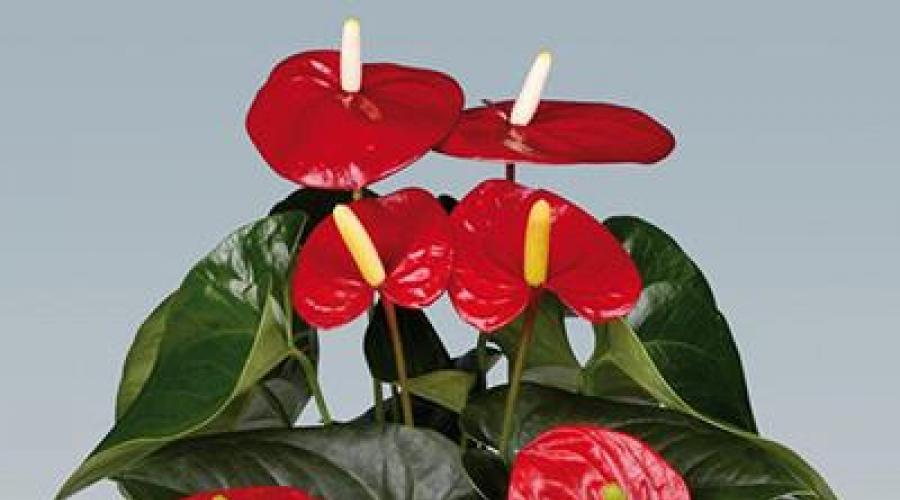How to save plants?
Sometimes it happens that no matter how carefully the breeder cares for the flower, he still looks sick. In this case, the problem may lie in unnecessary anxiety on the part of the person, that is, he begins to feed the flower with fertilizers, fill it with water, put it in a place where there is too much light for him.
To detect pests, you can visually inspect the soil and leaves, sometimes you need a magnifying glass. Any change in the color of greenery already indicates that something is going wrong. If you smell the soil, then with root rot it acquires a special, pungent and unpleasant odor. In most cases, you can reanimate the plant, but for this you need to act quickly. If the infection of the bushes has occurred with an insect, any of the previously described, then their treatment is reduced to an increase in moisture, the use of fungicides. It is very effective to use neem oil. According to plant breeders, a decoction of onion husks or even an alcohol solution helps a lot. The easiest method is to dilute the soap in water and spray the flower.
It is more difficult to resuscitate with root rot - it is not enough just to spray. Step by step you will need to act in the following sequence:
- first take out the root system;
- rinse it under water;
- remove all infected shoots;
- treat the roots with a fungicide;
- change the pot or disinfect the old one in a bleach solution;
- use new soil, and subsequently strictly monitor the quality of drainage and soil moisture.
If you do everything correctly, you can cure the flower, but if you start the infection, then it will die.
You can save anthurium, like magnificum - it can be treated with insecticides, fungicides, but only spraying chemicals is recommended on the street. Pyrethrin helps a lot. This active ingredient is obtained from the chrysanthemum plant.
Some problems are not easy to cope with, so it is better to carry out preventive measures.
How to rejuvenate anthurium
Rejuvenation is conducted in two ways:
- activating aerial roots;
- restoring the health of the root system.
Aerial roots will begin to develop in a warm and humid environment. Therefore, the best way would be to put the plant in a warm place and create a belt of sphagnum moss around the growth points of future roots. In a constantly moist substrate, after a week - two the plant will take root. Then this part can be cut off with a sharp disinfected knife, sprinkled with crushed charcoal or ground cinnamon.
Such a seedling can be immediately rooted in a pot, having prepared the desired composition of the tropical soil. Sphagnum will not interfere with this, the roots will break through the pores of the moss, reach the nutrient mixture.
But if the plant is very elongated, then in this way one more piece of the plant stem can be rooted. During the regrowth of the roots, the plant is not watered so as not to spoil the idle soil. It is only sprayed on top. As the messenger of the salvation of the anthurium, a new leaf will soon appear on the seedling. After that, create conditions for the anthurium for early development. The plant does not need top dressing for the first 2-3 months, the soil is filled, and there are still few roots.
In order to understand well the state of the rhizomes and understand how to reanimate the anthurium, it is necessary to carefully wash all the roots, and they are very fragile. Then cut out the decayed and brown parts
If there are growth points on the light roots, they will be visible. Place clean, disinfected and dried roots in a pot with a drainage layer and suitable nutrient soil. The capacity of the dishes must correspond to the size of the root system.If there are few roots left, then the container should be small.
Plant the plant according to all the rules and wait for the result. Such work may not be required if only the ground part of the anthurium dies, the roots remain viable. Then, after cutting off the top for separate rooting, the entire pot is left dormant in a warm and bright place. After some time, young shoots should appear, which can later be transplanted. This is also one of the ways to rejuvenate anthurium.
A significant role in the revival of plants is played by subsequent care for them, as for a loved one who is recovering after a serious illness.
Diseases caused by fungal parasites and their treatment
Fungal parasites are very dangerous for anthurium, so treatment should be started immediately.

Stem rot occurs due to waterlogging of the soil
Stem rot
A disease provoked by a fungus, which develops due to high humidity in the air and soil. Dark water spots appear on the stem and then on the leaves. However, even in the early stages of the disease, they have a whitish-gray tint.
The affected areas are removed and the bush is treated with the Saprolo fungicide preparation.
Important! Before starting treatment, the pot with a bush is completely isolated from other plants that are contained in the house. "Blackleg"
"Blackleg"
This disease is characterized by the appearance of a blackened ring around the base of the stem. The area next to the lesion becomes soft, thinning, which causes the flower to die off.
Can be cured by treating the soil with ash or biological antibiotics for plants.
Gray mold
It occurs mainly in young bushes due to improper watering and lack of drainage. First, the stems are affected, then the foliage, which is covered with a grayish bloom.
The affected parts of the plant are cut off, and the anthurium is sprayed with "Fitosporin".
Late blight
Leaves dry out and curl due to infection with fungal infections.
It is treated with fungicides and treatment with Bordeaux liquid.
Sooty mushrooms
A contagious disease caused by a fungus. Formed due to lack of nutrients and the appearance of aphids. The whole plant takes on a yellow tint.
Treatment begins with isolating the flower from other indoor plants, then removing the diseased parts. You can treat sick anthurium with potassium soap or "Intavir".
Septoriasis
A very dangerous disease that appears due to high temperatures along with high humidity. The leaves are affected with brown-brown spots, begin to turn yellow along the edge.
The bush must be protected from other plants and treated with preparations that contain copper.
Important! Very often the bush cannot be saved, then you need to get rid of it along with the container. Anthracnose or powdery mildew
Anthracnose or powdery mildew
It appears due to infection with an infectious fungus. Yellow spots form on the foliage, in the middle of which black dots are located. The disease can spread to the root system, the carriers are pests.
Before treatment, watering is reduced, after the flower is treated with fungicides or sprayed with copper sulfate.
Downy mildew
A sign of occurrence is a white bloom on the leaves. Over time, it darkens and the plates die off.
You need to regularly wash the bush with soapy water in the shower.

Rust often affects anthurium
Rust
Rust on the leaves of anthurium appears due to an infectious fungus. The shoots begin to become covered with yellow spots, then the leaf dries out completely.
It is necessary to cut off all infected leaves and stems, then treat them with a Bordeaux mixture. You can not spray the bush with various fungicides so that the infection does not spread to the rest of the bush.
Fusarium
Difficult to cure disease caused by too moist soil and indoor air.First, the peduncle is bent, then the leaves are covered with blotches with bloom.
It is necessary to treat the soil with "Glyokladin" or completely change it by transplanting the plant into another container.
Insect pests
Not a single flower is immune from damage to a flower by various pests. Even the one in the cultivation of which all agrotechnical rules are observed. Parasites can infect the peduncle itself The peduncle is the upper part of the stem on which the inflorescence grows. In the initial stages of development in orchids, it is difficult to distinguish the peduncle from the root. Here are some of the differences: •. More, leaf, stems and roots. Anthurium is quite resistant to insect pests. Nevertheless, sometimes he can become their victim. Such attacks weaken the vitality of the plant, sucking the juices out of it. Who infects anthurium and how to deal with insect pests:
- Aphid - feeds on the juice from the anthurium, sucking it out. The affected bush withers, the leaves curl and a sticky bloom appears on them. If the grower noticed the pest at an early stage, it will be enough to bathe the anthurium under a warm shower with laundry soap. If the flower is severely affected, insecticide treatment is necessary. Aktara, Antitlin will do.
- Thrips - settle on the back of the leaves, leaving black dots behind them. Yellow spots of various sizes appear on the bush. Thrips can appear at any time of the year, but the spring-summer period is the peak of their development. A sick anthurium is sprayed with insecticides. For example, Tantrek, Akttelikt. The processing procedure must be repeated every three to four days, until the insects disappear completely.
- Scabbard - at the initial stage of the appearance of this pest, it is not visible. This makes it much more difficult to deal with it. The shields are glued to the sheet. They need to be removed mechanically. That is, with a cotton swab or a needle. Scabbards have a very dense shell, so treatment with chemical insecticides does not give the desired result. Oil solutions and kerosene can help remove the shield. After them, you need to wash the anthurium with a solution of laundry soap.
- Spider mite - when it is affected by anthurium. Small yellow spots appear on it. The spots spread quickly and the leaf withers. It is impossible to see the tick with the naked eye. But the cobweb is visible. She wraps the leaf, stems and flower. From what they curl and fade. On the affected anthurium, you need to remove the cobweb. Then the flower, pot and the nearest surface are washed out with soapy water. With a strong infection of the plant, it is necessary to treat it with insecticides. If the plant is not properly cared for, the spider mite may return.
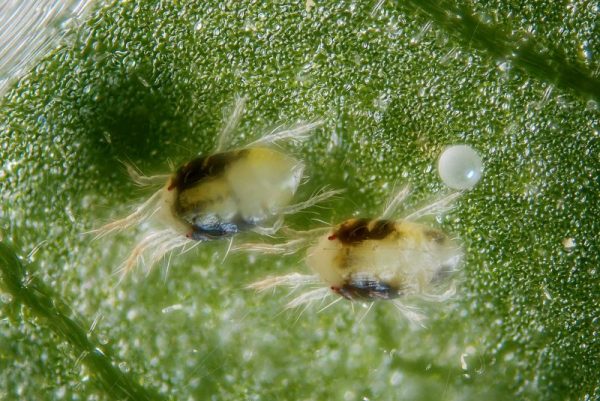
Do not forget that for the period of treatment it is necessary to isolate the diseased anthurium bush from other indoor flowers.
In the treatment and prevention of diseases in indoor flowers, it is advisable to use biofungicides. They are safe for humans and animals. Still, anthurium disease is better to prevent than to cure
Observe the cultivation technique, regularly inspect the flower for the presence of fungi and pests, pay attention to any changes in the change in the saturation of the color of the leaves. In a healthy anthurium, they are dense, bright green
Preventive measures should preferably be taken 1-2 times a month. So you will protect your plants from diseases, and yourself from unnecessary trouble and get beautiful flowering plants that breathe life and beauty.
Anthurium disease and its treatment
Anthurium, this beautiful, southern plant, without proper care, is prone to disease, at the slightest sign of a change in the appearance of a flower, it is necessary to start treating it. Diseases can occur if you do not follow the requirements of agricultural technology, the infection can be brought in by insects.
Quite often there is such a problem that the leaves of anthurium turn yellow, this can only happen with improper care of the plant at home.
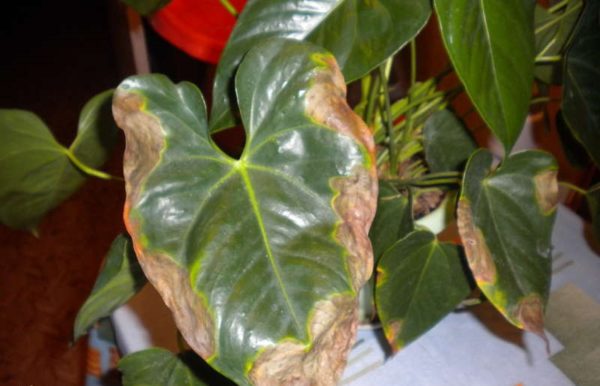
The reasons for yellowing can be as follows:
- chlorosis;
- burn from direct rays of the sun;
- the leaves are frozen.
First, it is worth checking the watering, perhaps the plant has little liquid or it is very hard. Most likely, top dressing is needed or the amount of lighting should be increased. If the leaf has green veins, and the leaf itself is yellow, then these are signs of chlorosis, then it is necessary to start spraying the bush with iron chelate or algae extract. If there is a sunburn, then the leaves are curling, which means you need to rearrange the flower to another place.
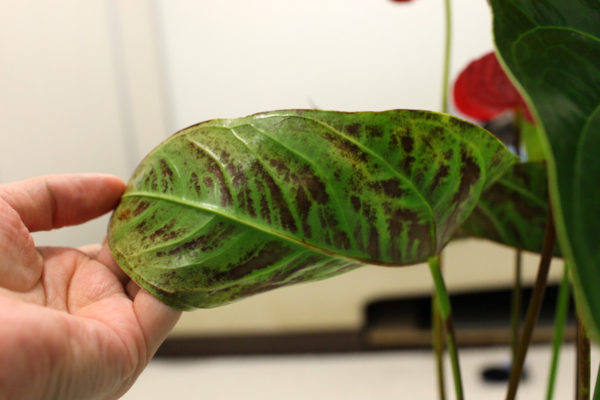
Quite often you can hear such a question, why do the leaves dry in anthurium, although they try to follow the proper care of the plant at home. Most likely, this came from insufficient watering, the presence of drafts, maybe a little humidity in the room. In this case, remove all damaged leaves, and sprinkle the affected areas with wood ash or cinnamon powder.
For reference: It may be that this is a natural aging process, during which old leaves die off. To detect serious diseases, you need to contact a specialist, because it is difficult to detect them on your own.
If brown spots appear on the leaves, then this indicates too much watering, blackening of the foliage occurs due to improper transplantation.

In addition to improper care, plants can pick up an infection from the outside:
- septoria;
- anthracnose;
- fusarium wilting;
- rust.
With septoria, the leaves turn brown and dry out, it is necessary to treat the anthurium with fungicides containing copper.
Anthracnose is popularly called powdery mildew, with this disease the leaves become dark brown, and black dots appear in the center. At the first signs of the disease, it is necessary to remove all damaged leaves, change the ground, disinfect the roots, and reduce watering.
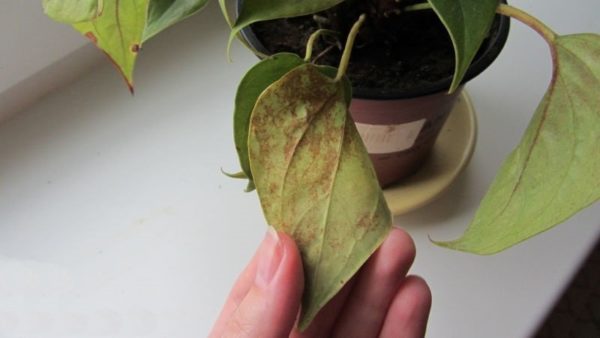
If the fungus has spread strongly, then it is necessary to apply fungicides, it is advisable to choose not very toxic ones, treatment with Bordeaux liquid helps well. If the plant cannot be cured, then it must be burned, and the pot must be ignited or discarded.
With rust, the leaves become covered with orange tubercles, such a flower must be wiped off with a fungicide solution, but do not use spraying, otherwise the remaining leaves can be infected.
With fusarium wilting, the entire bush begins to wither, while the flowers bend unnaturally. In such a situation, it is necessary to treat the earth with glyocladin, while removing all damaged parts.

Diseases from parasites
It is quite difficult to protect yourself from such diseases, the most dangerous are:
- aphid;
- shield;
- spider mite;
- thrips.

The latter, it is rather difficult to determine, if black dots appear on the back of the sheet, then these are them. Such a plant must be treated with insecticidal preparations, in order to prevent it, often ventilate the room. With a spider mite, wipe the leaves with a solution of laundry soap.
For reference: The treatment process takes a long time and requires patience.
Anthurium diseases are easier to prevent than to cure, so you need to constantly carefully inspect the plant. With proper care and preventive measures, anthurium will grow well and delight with its flowering.
Signs of defeat and causes
Sometimes it happens that "male happiness" withers or grows poorly, incomprehensible spots appear on the surface of its leaves. If this is not a bacterial infection, in which in most cases the flower dies, then the plant can be reanimated. Anthurium dies in cases where the breeder does not take any action.
There are many similar descriptions when determining the different problems that a florist has to face. If the stem has dried up, most likely, the soil was watered so rarely that the flower simply died from a lack of moisture. When it turns black, rots at the base, on the contrary, there was too much water, or the soil is poorly drained.
If a stump remains, but the roots have rotted, then you can try to propagate the plant while the shoots are still able to germinate.
Anthurium pest control begins with the correct identification of the invaders. Sucking insects such as aphids leave gnarled variegated leaves over time. The infestation process can also be accompanied by the appearance of ants, which love the sticky sweet dew that aphids leave behind. Insects cause damage to the plant, but not its death, the bush disappears only from the fact that there are a lot of aphids, and no action on the part of a person follows.
Yellow formations on foliage are a clear sign of spider mites. Thrips also produce variegated leaves and feed on new shoots, just like mealy bugs. All insects feed on vegetable sap rich in carbohydrates. After infection, the bush becomes faded, does not produce new growth. It is necessary to start a control program on anthuriums as soon as possible, otherwise the plant will lose a lot of strength.
Often, novice gardeners are interested in why a flower has brown leaves. There may be several reasons for this, and not always such a symptom is associated with a bacterial or other infection. Sometimes darkening of foliage is caused by:
- too much light;
- excess fertilizer;
- accumulation of salts in the soil;
- a burn;
- microscopic mites;
- bacterial contamination;
- nematodes.
Anthuriums grow best in the shade. About 60 percent of indoor sunlight is ideal for them. Too much of it leads to the fact that the leaves of the flower become bleached, the tips turn brown, as a result, they die off. But there is another side to the coin: too little light reduces flowering and can slow growth.
The use of a large amount of fertilizer or the accumulation of salt also leads to the fact that the leaves turn yellow, yellow spots form at the ends, which grow in size over time. You can wash the salts by using distilled water for irrigation. Watering is plentiful, the soil should drain well after it.
Bacterial infection through the pores along the edges of the leaves and wounds form after pruning or insects
This pathogen loves moisture, so it is important to keep the foliage dry. From the grower, it is necessary that the entire tool is disinfected, and the sections are then processed with a solution of activated carbon
Wilting caused by the bacteria ralstonia solanacearum first appears as yellowing of the leaves, then they turn brown. The stems of heavily infested anthuriums ooze brown slime. The bacterial pathogen spreads in soil, water and instruments by contact. In this case, the bush often dies.
Spider mites are seen as tiny, moving dots at the beginning of infestation. Their nutrition with plant sap causes the leaves to empty, followed by yellowing, darkening or bronzing. Heavily infected parts of the anthurium are cut off.
The foliar nematode predominantly affects young anthuriums. In a severe form of infection, there is an abundant loss of foliage and death of the plant.
11 Peronosporosis (downy mildew)
Downy mildew manifests itself as yellow and brown dry spots on top side of the sheet... The leaf is deformed, wrinkled, eventually dries up and dies. On the underside, spots of gray plaque form, which constantly grow. The disease spreads to the stem, it cracks and becomes stained, the plant bends. The infection spreads through other plants; most house flowers are very susceptible to it. Its causative agent is mushrooms from the Oomycete class. Risk factors for anthurium are high humidity in a cold environment, a sharp change in temperature. This often occurs in the fall and spring, when a hot day alternates with a cold night.
The infected plant is immediately isolated and treated. Against downy mildew, Vectra and Topaz have proven themselves well.An additional effect will be spraying the leaves with a weak solution of antibiotics (penicillin or streptomycin).

